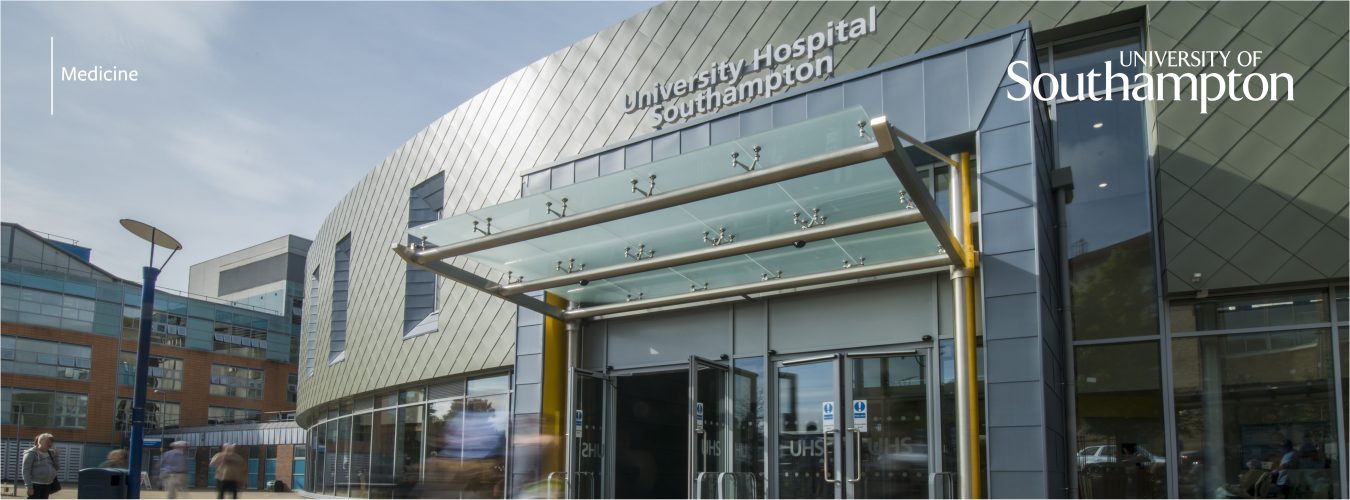The start of each year is peak season for many aspects of medical training and recruitment. After the academic foundation doctor interviews just before Christmas, many of us have been interviewing potential medical students at Highfield. However, for the Southampton Clinical and Academic Training team it also represents the time of year when we prepare the annual NIHR bid that secures our annual allocation of academic clinical fellowship and clinical lectureship posts.

NIHR funds approximately 250 Academic Clinical Fellowships (ACFs) and 100 Clinical Lectureships (CLs) in medicine each year. The number allocated to Southampton is based on a combination of ‘formula’ posts i.e. some posts granted on the basis of previous performance and posts that we compete for, badged against specific NIHR themes. The coordination of the bid is always an exercise in trying to play to our strengths and matching to themes wherever we can – but this year things are even trickier as we are being asked to coordinate this for two years’ allocation of posts rather than just one.
The development of clinical academics is of strategic importance to all funders of health related research. The UK has a strong tradition of clinicians who combine treating patients with academic research. Academic clinicians act as a bridge between medicine and science, pushing forward the frontiers of medical innovation. However, aspiring medical academics also face a range of particular challenges with a need to balance research, postgraduate training and the pressures of clinical service. For this reason, careers require careful and sustained support, and a strong mentorship scheme.
It is essential that we ensure clinical academic researchers are appropriately supported at critical stages and through the most difficult transitions in their careers. A particular issue in the past has been the attrition of female clinical academics at the transition to clinical lectureships. However, most recent figures from the Athena SWAN committee have shown that here at Southampton we have doubled the percentage of female clinical lecturers over the last five years – the figure now sits at about 40% – following on from an equal gender split at the Academic Clinical Fellowship level. Such data are invaluable as we work towards our next Athena SWAN submission.
Ultimately of course, the reward of our endeavours is the cadre of rising clinical academics who come to us. At a time when much is made of the difficulties in attracting young clinicians to the academic pathways, it is a pleasure to meet the trainees who join us. In his blog late last year, Professor Salim Khakoo titled his piece ‘our greatest asset is our human resource’. I couldn’t agree more.

